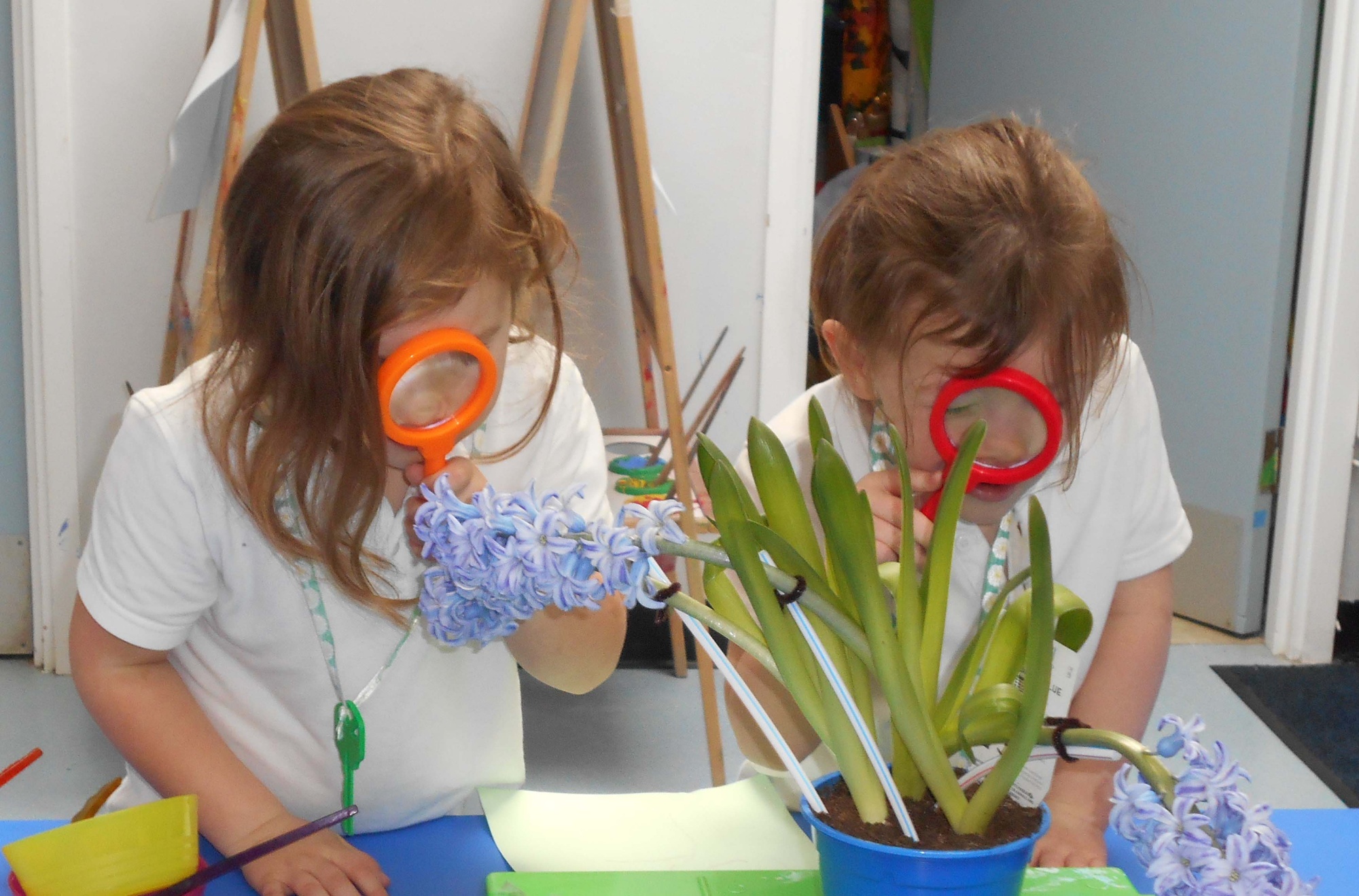Social Media Pressures and Pitfalls
- Social Media and Mental HealthPDF File
- Social Media and Mental Health (2)PDF File
- Social Pressures linked to 'Likes'PDF File
- Social Pressures linked to 'Influencers'PDF File
- Cross platform sharing of Inappropriate ContentPDF File
- Spotting Ads on Social MediaPDF File
- Social BotsPDF File
- Social Media ScamsPDF File
- Persuasive DesignPDF File
- 10 Tips to Keep Your Children Safe OnlinePDF File
- Friends & FollowersPDF File
- SadfishingPDF File
- Online ChallengesPDF File
- Tips for Encouraging Open Discussions about Digital LivesPDF File
- Looking After Your Wellbeing OnlinePDF File
- InfluencersPDF File
- Managing Screen TimePDF File

